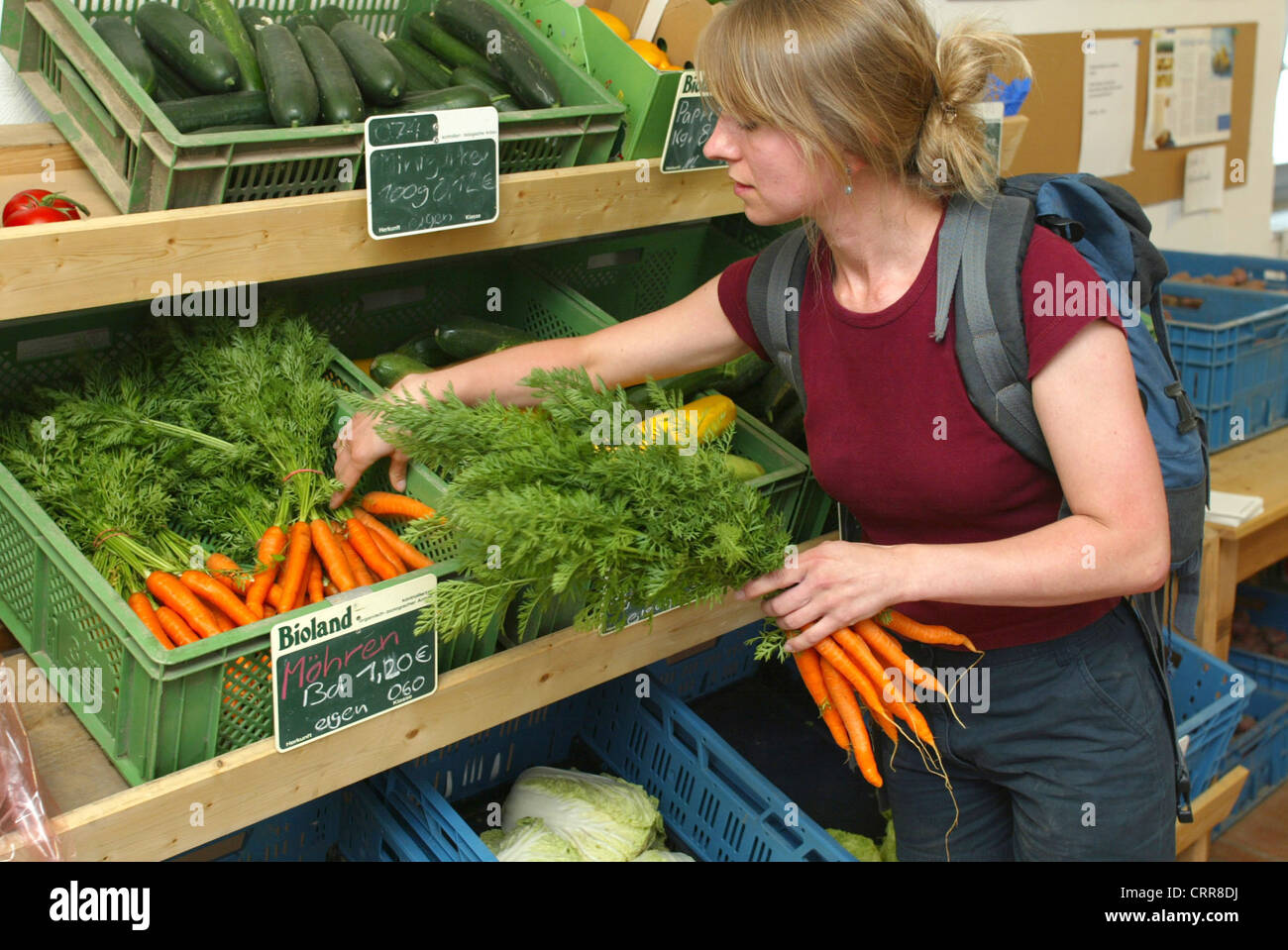
When it comes to choosing protein sources, you should consider the amino acids that each of your food items contains. Different proteins contain different amounts of each type of amino acid. Foods may be rich in some but not others. Fish, poultry, and meat are excellent sources for protein, as they are low-calorie and fat. Vegetables and grain, however, contain lower levels of tryptophan (lysine), methionine and tryptophan (tryptophan) and tryptophan (tryptophan). Combining meat with vegetables can compensate for the absence of one amino acids. However, most health organisations recommend eating meat and dairy for protein.
Other high-protein foods include nuts and seeds such as peanut butter, cashew butter, and almonds. Lamb is a great source of iron, zinc, vitamin B12, phosphorous, and other essential nutrients. Lamb also has high levels of protein, but moderate amounts fat. CLA is an essential fatty acid which can be linked to weight management and improved satiety.
Different forms of protein can be found in animal products like eggs, milk, or yogurt. According to a study published in The Journal of Nutrition and Diet, men who eat high levels of protein have a 33% greater chance of developing heart disease. Men who eat high levels of protein are also more likely to be obese or diabetic. This is another risk factor for developing heart failure. Another study found that high-protein diets have been associated with an increased chance of developing cancer, including colorectal or colon cancer. It also has been shown to have negative effects on bone, liver and kidney health.
Legumes, which are 27.9% rich in the amino acid Leucine, make a great source. Pea protein isolate and flour are commercially available. These complement the cereal-based proteins. Moreover, legumes are important for vegetarian diets. While they are poor sources of methionine and cysteine, they provide adequate amounts of tryptophan and threonine, which are essential for proper function of the body.
Beans and seeds are also excellent sources of protein. A quarter cup of most nuts or seeds can have between 4 and 9 grams of protein. Eight to nine grams of protein can be found in a tablespoon of seeds or tahini. An average person needs approximately 1.2g per kilo of their body weight. These foods are great for those on protein-deficient diets.

Meat and dairy products are other foods rich in protein. Animal protein, unlike vegetables, is considered the best source to protein as it contains all nine of the essential amino oils. These foods are also a good source of micronutrients such as selenium, potassium, and B-complex vitamins. These foods have a high level of protein, but may also contain some fat. Choose low-fat varieties of dairy products or reduce the amount you eat if you are trying to reduce your fat intake.
The plant-based protein sources do not have to be limited to meat. High levels of protein are found in many grains. They are actually much more abundant than you may think. These lentils can be added to meat-based meals. You can also add lentils to salads and soups to get the same benefits. Even smoothies and drinks can include lentils. This is a quick and easy way to get more protein into your meals without compromising on your diet. It will also help you get the nutrients you need.
Diabetics need to eat protein. Protein is not only an energy-boosting substance but also offers many other benefits. It helps you feel satisfied and keeps you from becoming hungry as well. The more protein that you consume, the better. Protein is not only important for controlling your blood sugar, but it's also essential for your overall health. It balances your mood, energy and mood. You should aim to eat two servings of fish and chicken a week.

Protein, unlike carbohydrates, can provide many health benefits. It boosts energy and helps with weight loss. Too much protein can have adverse side effects. It can also reduce your immune systems. Furthermore, it may decrease the chance of a heart attack. You should take steps to make sure that your body gets the right amount of protein every day. It is important to eat high-protein foods. If you're unsure about whether or not you should eat a particular food rich in these nutrients, talk to your doctor before changing your diet.
FAQ
What does it take to become a chef in the United States? What is the average career track?
Becoming a chef takes approximately five years. During this time, you will study basic cooking techniques and gain experience working as a kitchen assistant. Once you have completed your training, you may apply for executive, sous, and line chef positions. The annual average salary of a chef is $25,000-$60,000.
How long does it take for you to learn to cook? How much time do I need?
It depends on the skill level. Some people can pick up basic cooking techniques within a day or two. Others might need months or even years to master basic cooking techniques.
The amount of time needed to learn to cook varies considerably based on the person. A person who has never cooked before will likely need more time to learn than someone who is a regular cook. Some types of cooking are more difficult than others. For instance, baking requires more knowledge than frying.
Learn a technique to increase your ability to cook quickly. Once you've mastered that technique, move on to another one. It doesn't matter how long it takes to master a particular technique. Keep practicing and having fun with the whole process.
How much does it cost to go to culinary school?
Culinary school costs vary depending on where you go, how long you study, and what program you choose. Tuition costs range from $10,000 to $30,000. The majority of students graduate with around $20,000 in student debt. Some programs offer work-study, grants, scholarships and grants.
Are there any requirements to become a chef?
No. No. Many chefs began their careers learning by themselves. Some even went to culinary school just to gain experience. However, most chefs prefer to attend culinary school because it gives them more opportunities to learn and grow professionally. Culinary schools offer hands-on training which allows students to improve their skills and knowledge of cooking.
How do you choose the right career path to become a chef? How do I get started as a chef?
Apprenticeships are a great way to get started if you want to become a chef. Apprenticeships are a way to earn a living while you learn. You can apply to become a sous-chef after you have completed your apprenticeship. Sous chefs work with cooks to prepare dishes and supervise them. They oversee all aspects of the restaurant's operation.
Where can I buy good quality kitchen equipment?
High-quality kitchen equipment can be purchased online. Many websites offer all types of kitchen equipment for purchase. Before you purchase any kitchen equipment, ensure that you have read all reviews and rated it before buying. Ask others who have used similar items if you would like to recommend them.
How can you get motivated to cook well?
Sharing meals with family and friends is the best part of cooking. Cooking for one is easier than cooking for another. If you want to be motivated to cook, try making something new. This will help you learn about new techniques and ingredients. It's also possible to use recipes from other cultures in order to broaden your culinary knowledge.
Statistics
- In the United States, the category is estimated at $23.2 billion annually and is growing faster than the market. (washingtonpost.com)
- under 10 Kids have been taught that there is special food just for them, and Fiese says that 10 percent of kids will throw a tantrum if they don't get the food they want. (washingtonpost.com)
- According to the BLS, chefs earn $58,740 a year. (learnhowtobecome.org)
External Links
How To
How to make an omelet that is perfect
Omelets are one of my favorite foods to eat at breakfast. But how do you make them perfectly? There are many recipes and methods I tried, but none worked. So I am sharing some tips and tricks today to help you make fluffy, delicious omelets every morning.
Before we start making omelets, let's remember that eggs are temperamental. They must be fresh, preferably from the organic market, and be kept cold until cooking. You must keep them cool enough to allow the whites to form properly and the yolks to become too runny if they're not kept at the right temperature. This causes your omelets to look oddly colored. It is best to use room-temperature eggs if you are going to cook them right away.
Another tip is to separate each egg before adding them to the saucepan. You don't want the white to get mixed with the yolk, as this could cause the egg to curdle.
You could end up burning the bottom half of the egg if the egg is added directly to the heat source. Instead, place the egg in the microwave for 10 second before you put it in the skillet. The microwave heat is sufficient to cook the egg without overcooking.
Let's now talk about mixing eggs. When mixing eggs, it is important to thoroughly beat them. You need to turn the bowl of the mixer upside down. Next, shake the bowl vigorously. This will whip the air around the bowl and mix the egg well.
The fun part begins - you need to pour the milk into your mixture. First, pour half of the milk into the beaten eggs and then fold the eggs gently into the remaining milk. If you still see streaks of eggs, don't worry. These streaks will disappear once the omelet has been turned over.
After you have folded your eggs, heat up the oil on medium heat. Wait for it to get hot. When the oil is hot enough, add 1/4 cup butter to the pan. Stir it around until the butter covers the entire pan. Open the lid and sprinkle salt on the pan. An additional pinch of salt will prevent the omelet form sticking to your pan.
Once the omelet has formed completely, cover the pan and let it set for a few minutes. Flip the omelet with a spatula, or flip it upside down. Cook the second side for a minute or so. Take out the omelet and place it in a bowl.
This recipe works best using whole milk. Skimmed milk is also possible.